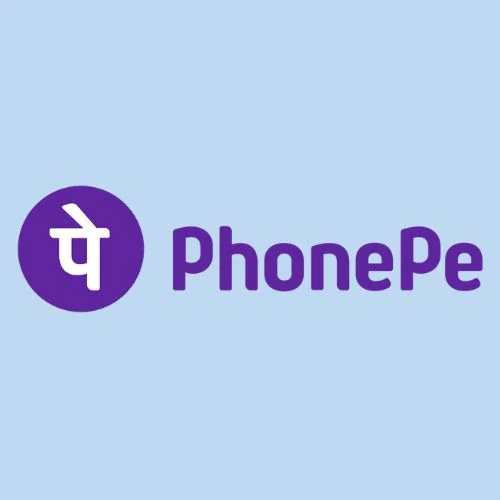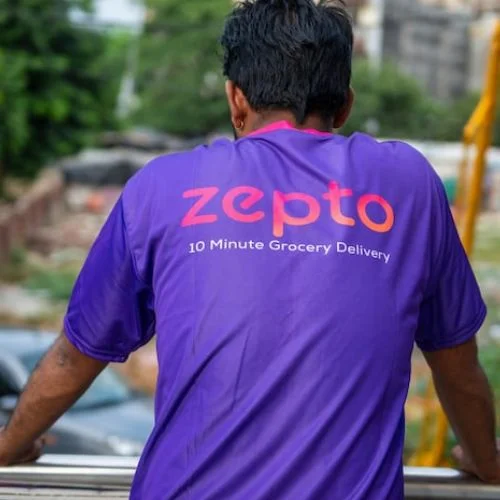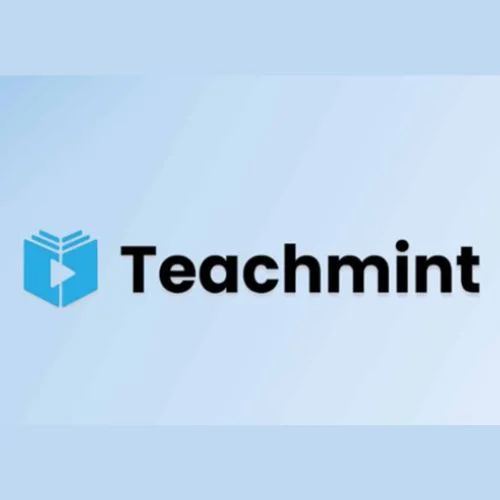PC: India.com
PhonePe, the payment firm wholly owned by Walmart Inc has emerged as the leader in the Unified Payments Interface space of transactions wherein a market share of above 50% has been captured as of August, according to the National Payments Corporation of India. The company continues to be ahead of its competitors such as Google Pay and Paytm in the market share going ahead, further leading to it becoming a major player in the payments landscape.
August ended as decidedly sensational in volume terms with the UPI recording an astonishing 14.96 billion transactions worth Rs 20,60,735.57 crore. To put that in perspective, PhonePe managed a massive 7.23 billion transactions worth Rs 10,33,264.34 crore and took a pretty significant 48.36% market share by volume and a very impressive 50.14% market share by value.
In the same time frame, transactions worth Rs 5,59,000 crore were recorded through Google Pay. Similarly, on Paytm, transactions worth Rs 1,13,672.16 crore were recorded. This accounted for 37.3 percent by volume and 36 percent by value on Google Pay, while Paytm accounted for 7.21 percent by volume and 5.51 percent by value.
By transaction volume in July, market shares for the PhonePe, Google Pay, and Paytm transactions have been 48.3%, 37%, and 7.82%. However, as competition remained high, PhonePe and Google Pay witnessed an increase in the number of transactions, while Paytm’s growth rate decelerated in the previous month.
While new entrants such as CRED, Navi, and Fampay gain momentum and take market share away from the established firms, the UPI ecosystem is witnessing growth. In that regard, CRED processed 147 million transactions while Navi and Fampay managed 88 million and 57 million, respectively.
With UPI nearing half a billion daily transactions, NPCI Chief Dilip Asbe sees the platform reaching 1 billion daily transactions by 2026-27. That sums up the rapid growth and stride in the adoption of digital payments in India.
Despite these developments, NPCI has increased the upper limit for UPI transactions to Rs 5 lakh for some categories of payments like taxation, healthcare, education payments, investments in IPOs and RBI retail direct scheme so as to make it even more convenient and versatile in a scheme to use the UPI system.
Squeezed by excessive market concentration among the three top players, it becomes a challenge for smaller fintech firms to carve out a niche within the UPI payments ecosystem. Market dynamics, as well as potential avenues for monetization for emerging fintech startups and smaller players, get affected by foreign-owned entities dominating the rankings.
The emerging competitive dynamics and regulatory developments in payments in India are going to shape trajectories of the future for digital payments, impacting market players and stakeholders, as this turns the face of the payments landscape with UPI.















